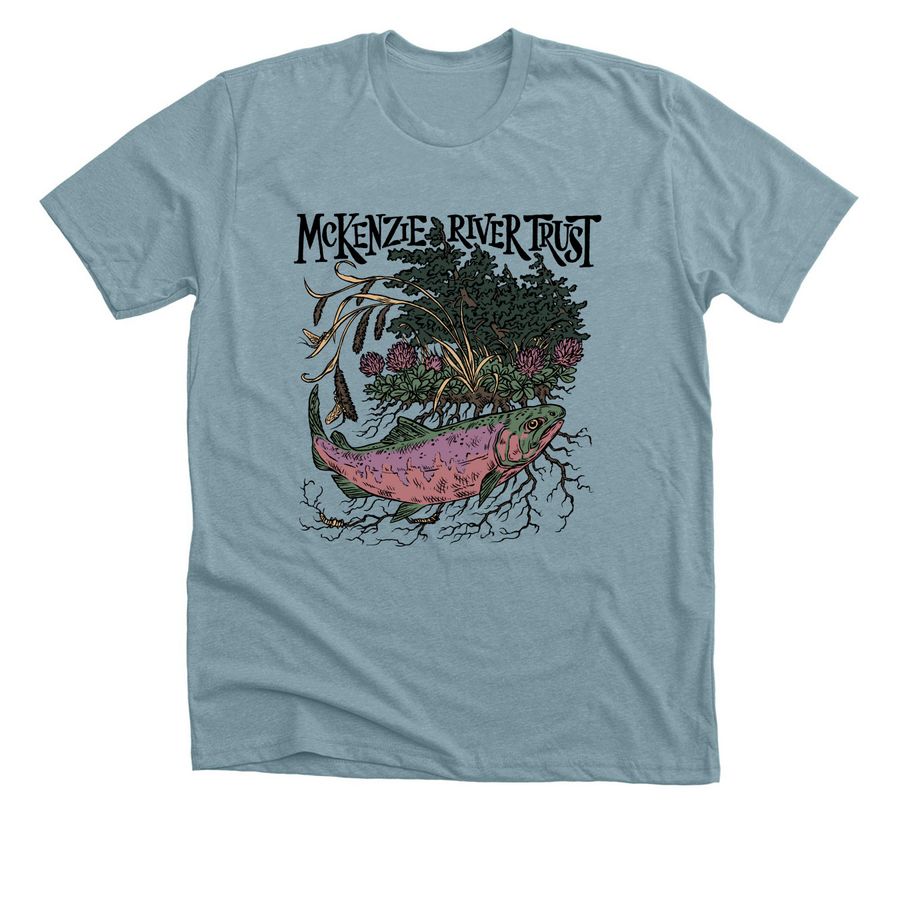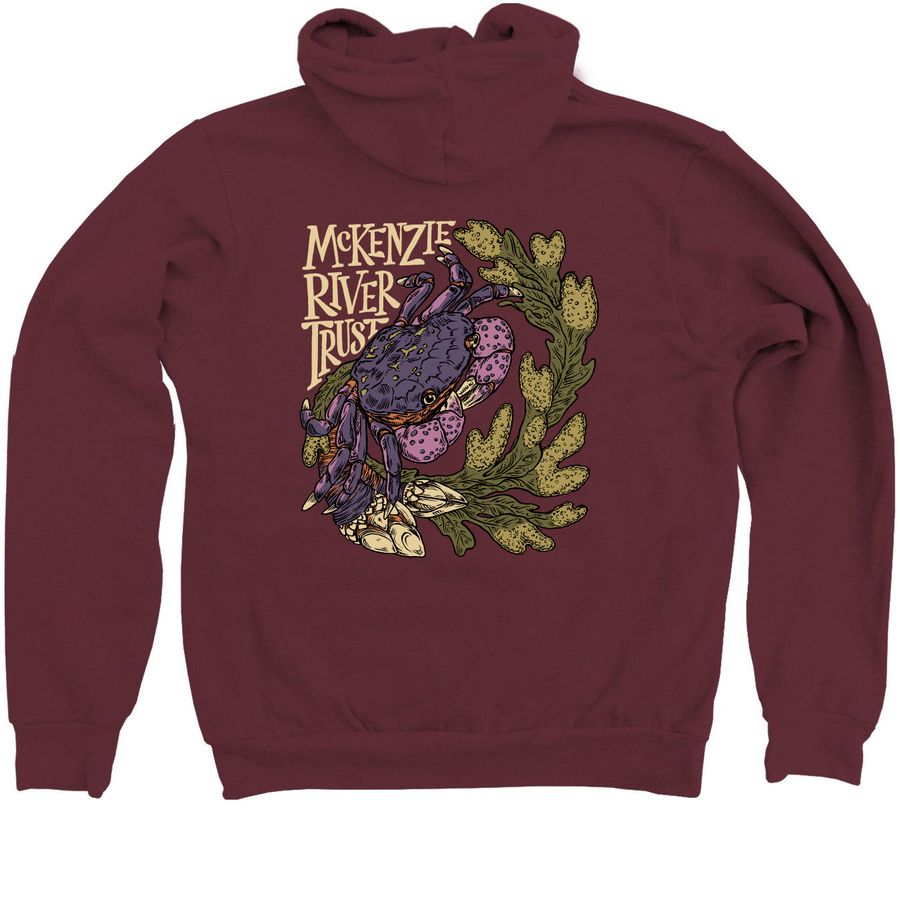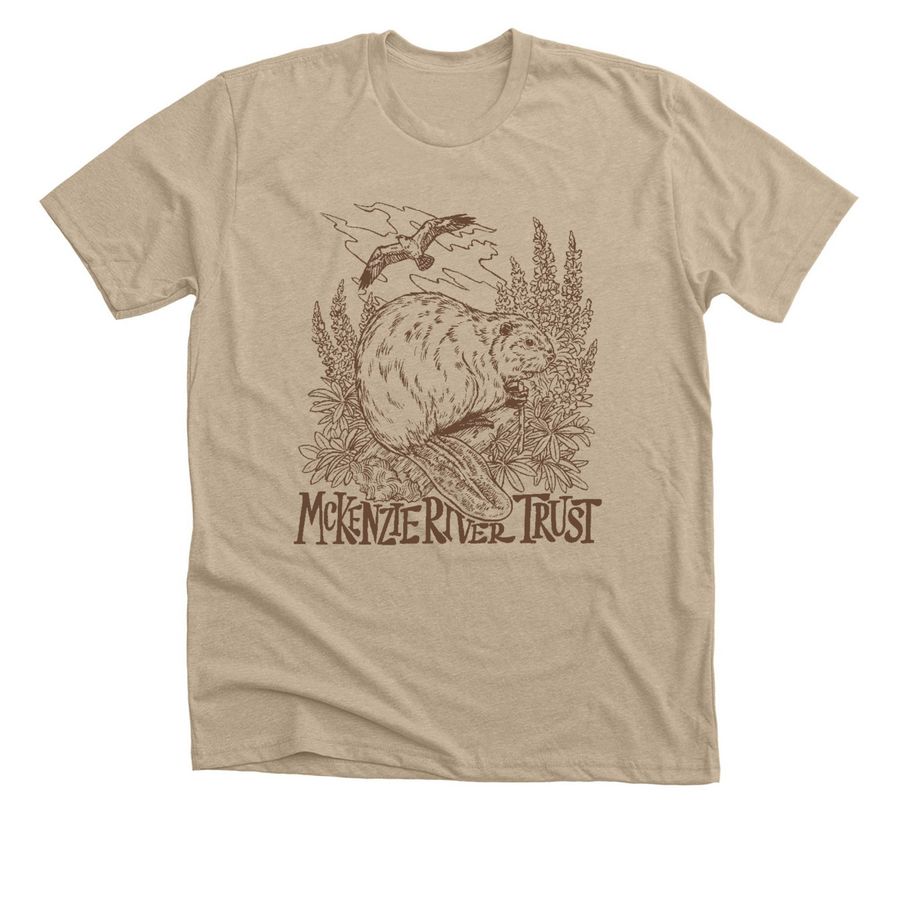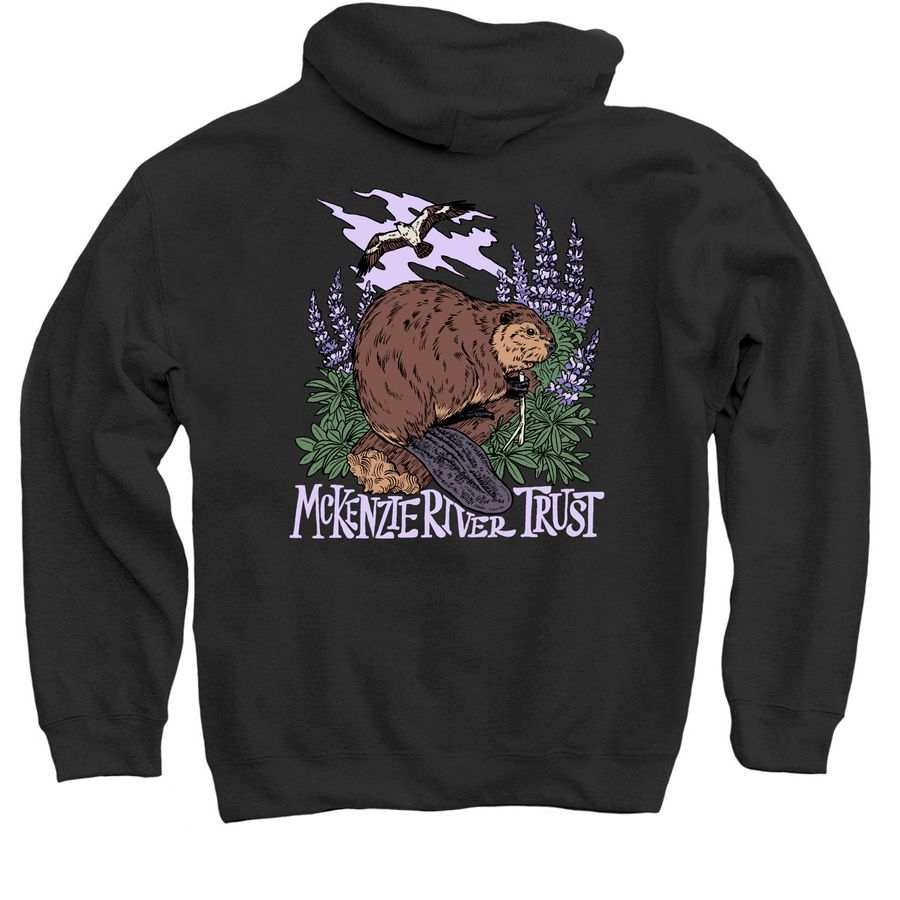Coburg Aggregate Reclamation Project
Owned Property
The McKenzie River Trust purchased the property with the support of the Bonneville Power Administration’s Willamette Wildlife Mitigation Program. BPA also holds a conservation easement over the property.
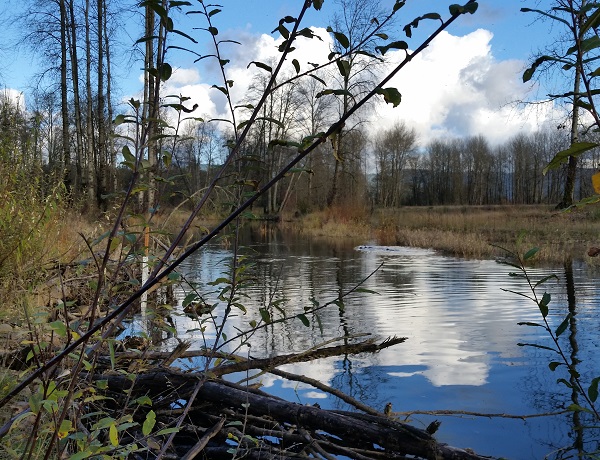
The Coburg Aggregate Reclamation Project (CARP) is one of the best opportunities in the region to restore, enhancing its value for native fish and wildlife.
Meet C.A.R.P.
Why It’s Important
The Willamette Valley is peppered with old gravel pits, sites where the meandering river has deposited gravel for millennia. The Coburg Aggregate Reclamation Project (CARP) is one of the best opportunities in the region to restore one such site, enhancing its value for native fish and wildlife.
CARP’s location on Green Island amplifies the impact of restoration because the habitat enhancements lie within a 1,100-acre habitat conservation area. By re-establishing the natural river processes that once impacted this area, the McKenzie River Trust and our partners are creating areas that are much friendlier to native fish like Chinook salmon.
Fish and wildlife on the property
Waterfowl and fish are common in the CARP ponds. The species of native fish that have been found on the site are: largescale sucker, northern pikeminnow, prickly sculpin, peamouth, three-spine stickleback, Upper Willamette spring Chinook salmon, cutthroat trout, and pacific lamprey. Notable waterfowl are hooded merganser, wood duck, pied-billed grebe, great blue heron, and green heron. CARP is also home to western pond turtle, and red-legged frog, river otter, and beaver.
Gravel pit restoration
Beginning in 2010, the McKenzie River Trust worked with engineers from River Design Group to create a plan to restore the CARP site. Restoration will benefit native Willamette spring Chinook salmon and other species such as Oregon chub, waterfowl, herons, native frogs and turtles, river otter, and beaver.
Problem: The gravel pits were disconnected from the natural river floodplain. When high water comes up in the winter, the pits fill up like a bathtub. As the water drops, fish don’t get the signal that they need to get out of the pits, leaving them stranded. Although native fish can survive in the pits, they run the risk of being eaten by non-natives, such as large-mouth bass, who favor this warmer water.
Solution: Re-connect the pits to the backwater channel to provide entry points and exits for native fish. As river levels rise and drop, these new connection points will give native fish more opportunities for refuge and escape across the seasons.
Problem: The slopes of the pit walls are steep in a former gravel mine. These pond edges provide few places for native vegetation to take hold. There are also few hiding spots for young native fish looking for refuge from birds or bigger predator fish.
Solution: Use heavy construction equipment to re-grade the slopes to a more natural rise of one foot up for every ten feet out. Then, plant thousands of willows and other native trees and shrubs along the pond edges. As the plants grow up, they’ll offer fish plenty of places to hide from predators.
The CARP Site Today
Today, the feeling one is instilled with being at the CARP site is not at all like standing at a gravel mine. You can listen to the willows, which have grown to 20 feet or more, rustle in the breeze. You can see waterfowl land in the waters of the pond. You might catch the family of otters playing in the side channel. Usually, either a bald eagle, an osprey, or a red-tailed hawk are soaring above. Fish are able to pass through year-round, without the risk of stranding in the ponds. Native turtles bask on root wads and nest on the gravelly, sandy banks of the ponds.

Restoration Funders
Meyer Memorial Trust, Oregon Watershed Enhancement Board, Bonneville Power Administration, Oregon Department of Fish and Wildlife, and The Nature Conservancy Portland General Electric Habitat Support grants.

